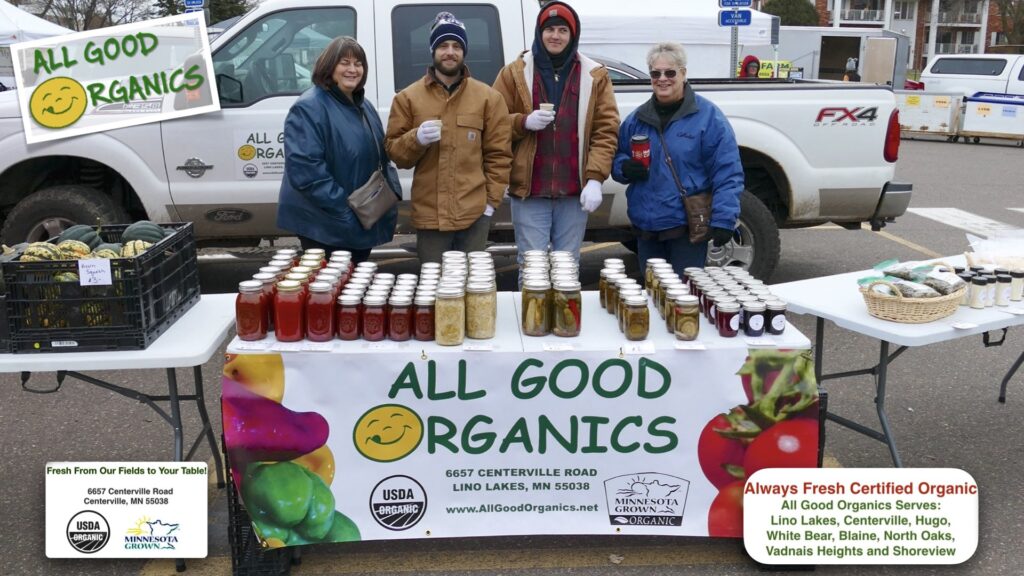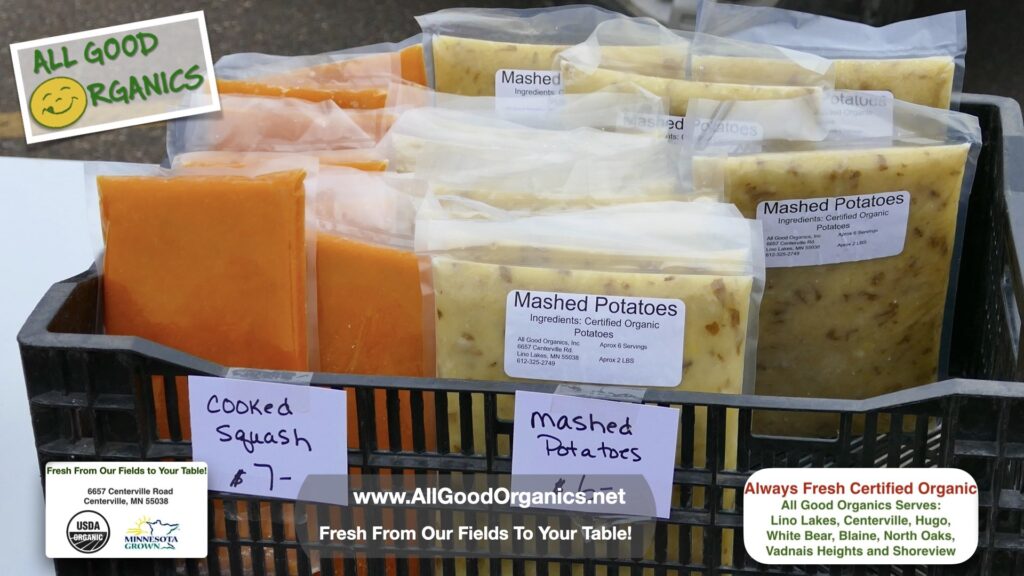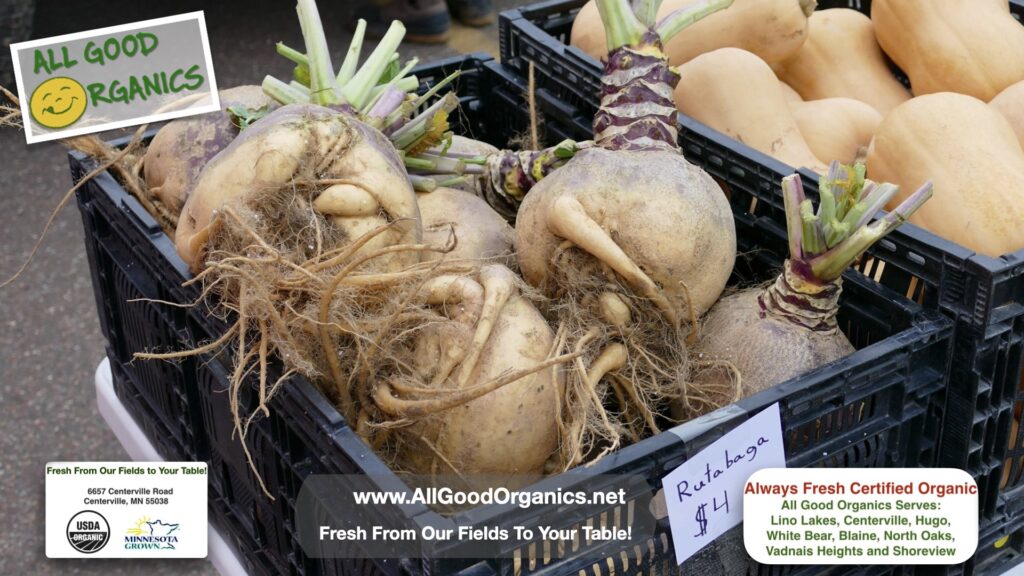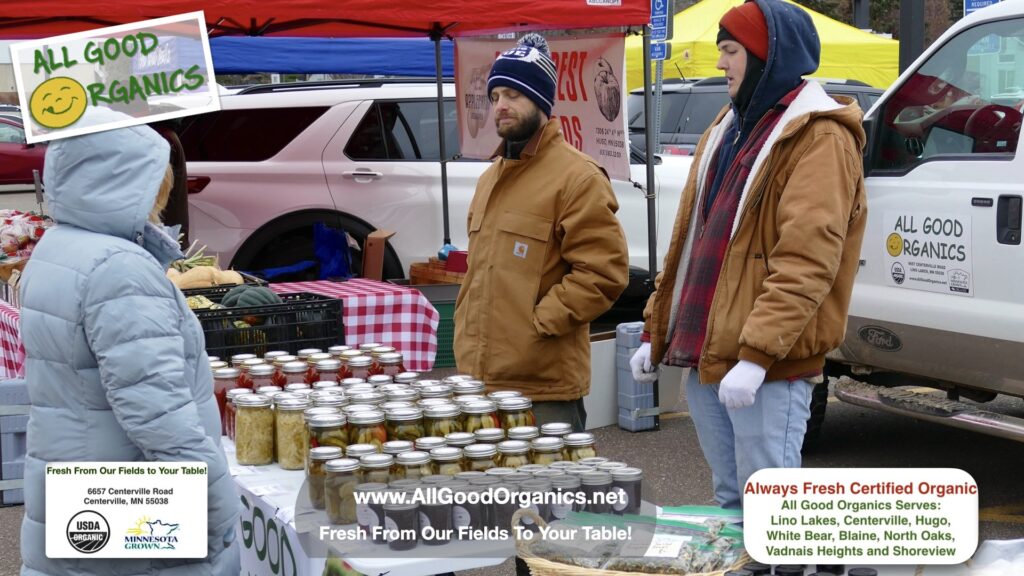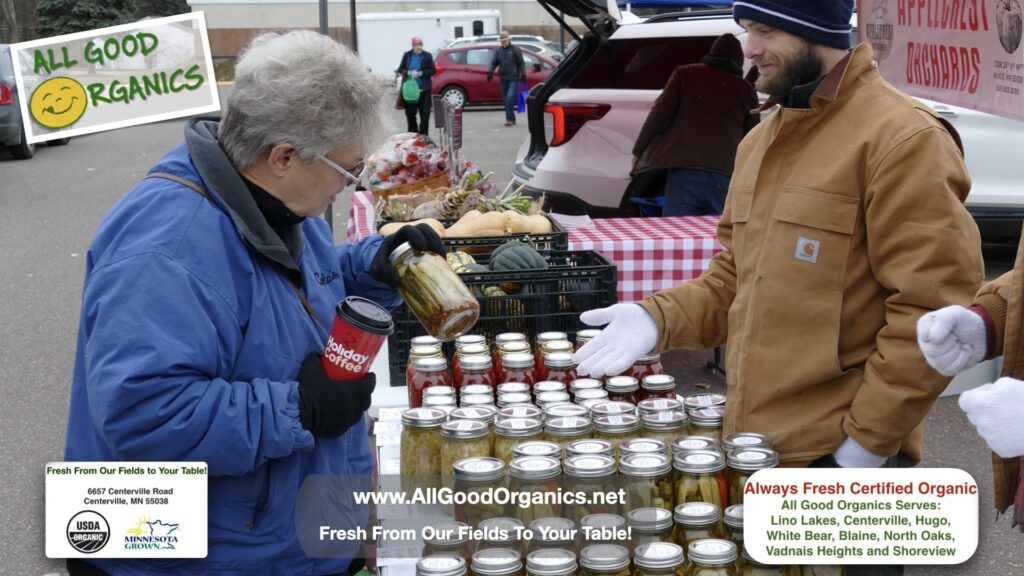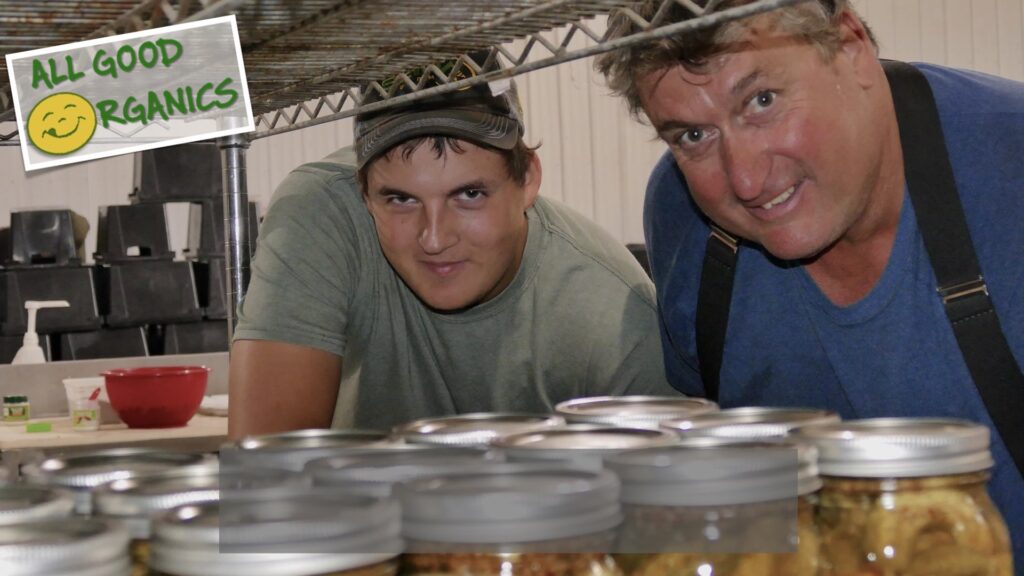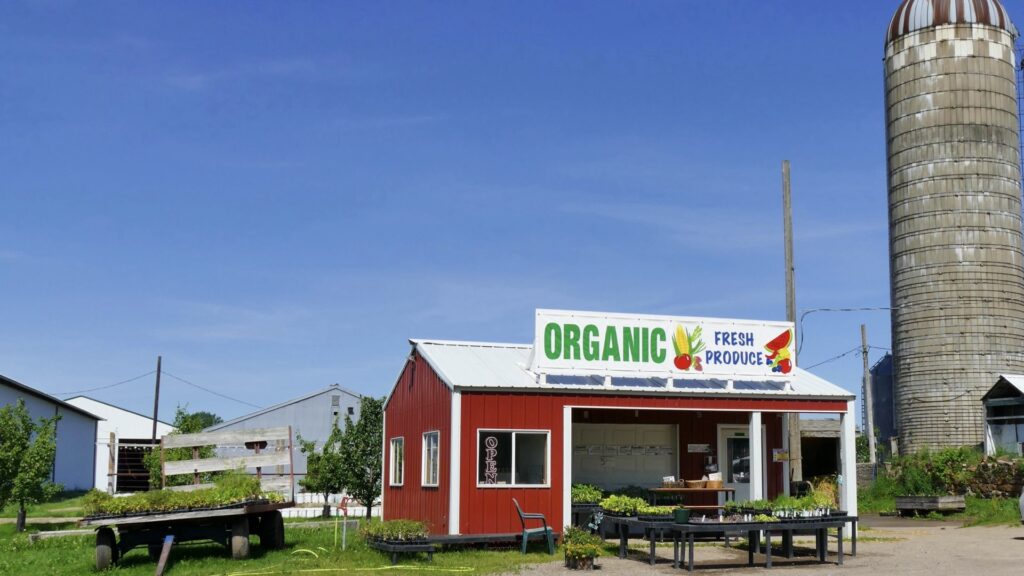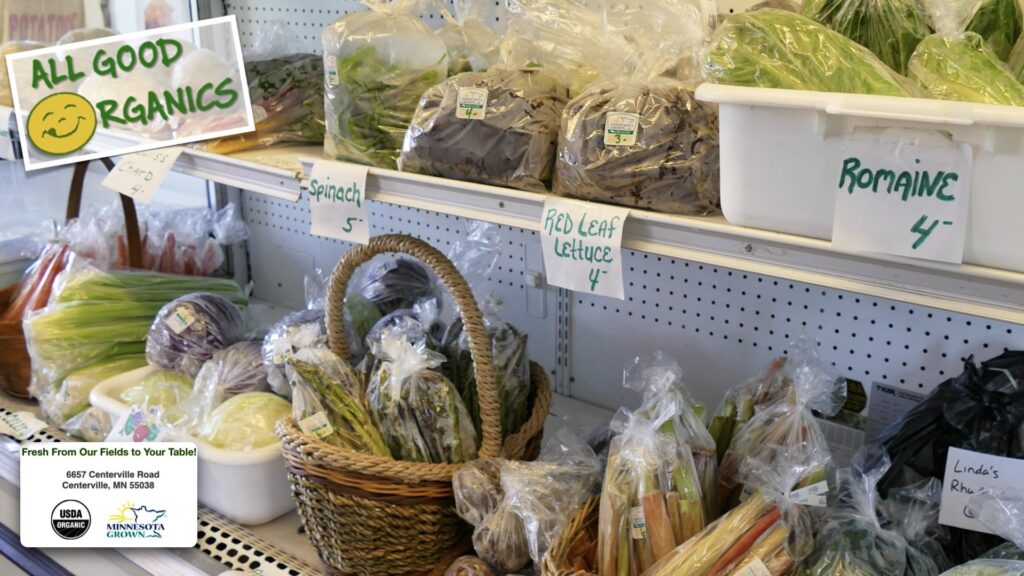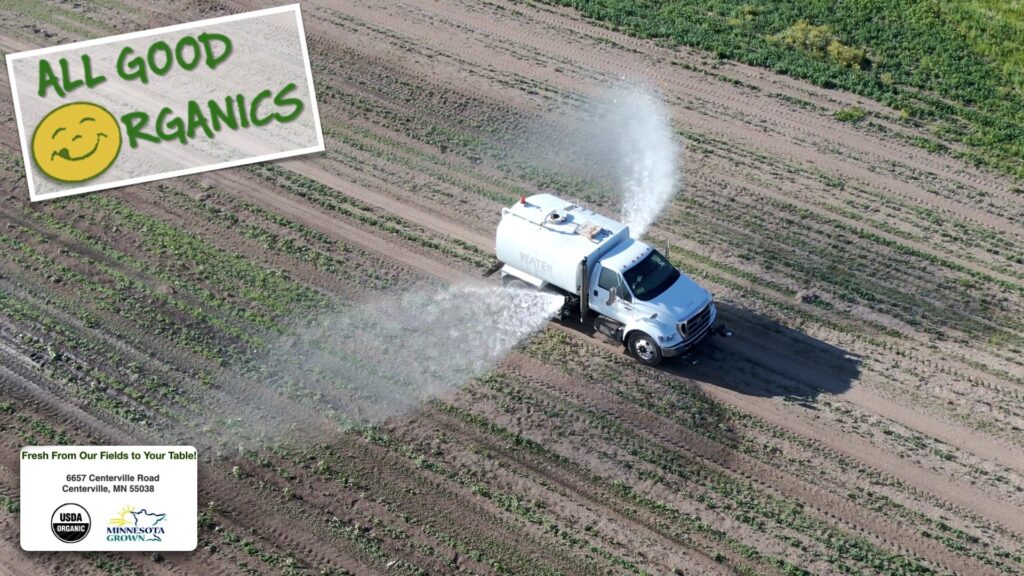Beets
Beets are a great nutrient-rich vegetable with low calorie content despite their sweet taste. They are an excellent source of folate, a B vitamin that is heart-healthy and, because of its role in producing and repairing DNA, seems to be part of our anti-cancer arsenal, too.
Whether cooked, canned or raw, beets provide an array of nutrients, including potassium and vitamin C. Gently home-cooked beets maintain much of the nutrition, and raw beets preserve even more of the heat-sensitive nutrients. Try them peeled and grated raw into salads for an added burst of color.
Cooking beets is easy: leave about one inch of stem intact to minimize color loss while cooking, and roast them in the oven on their own or mixed with other vegetables, or steam them lightly. For best nutrient content, don’t overcook: keep roasting to 45 to 60 minutes and steaming to 15 minutes or less. Pop them out of their skin after cooking, perhaps wearing rubber gloves to avoid temporarily pink-colored fingers.
Beetroot leaves are delicious, they are sweet, silky and tender. Chop and sauté for a delicious treat.
Cabbage
Cabbage is highly nutritious and rich in vitamin C, fiber, and vitamin K. While it may look a lot like lettuce, it actually belongs to the Brassica genus of vegetables, which includes broccoli, radishes, and Brussels sprouts. It comes in a variety of shapes and colors, and its leaves can be either crinkled or smooth.
It can be eaten raw or cooked and added to a wide variety of dishes like salads, soups, stews, and slaws. Sauté or roast with oil and seasoning for a delicious side dish.
This versatile veggie can even be fermented and made into sauerkraut.
No matter how you prepare cabbage, adding this cruciferous vegetable to your plate is a tasty way to benefit your health.
Eggplant
Did you know, eggplants are fruit? They’re technically classified as a berry because of their small, edible seeds, though they’re often used as a vegetarian-friendly meat alternative in savory dishes. When cooked, this soft, somewhat bitter fruit becomes mild in taste and rich and creamy in texture. Plus, it’s super absorbent, so it can take on flavorful sauces, and its versatility knows no bounds. Eggplant can be enjoyed stir-fried, roasted, baked, grilled and even broiled.
Eggplant is often made better by one crucial technique: salting. Slice the eggplant into thin rounds, sprinkle with salt, and let sit for an hour so its sweats out any extra moisture. It’ll be worth the wait-you’ll be rewarded with a sweet, creamy, and crisp eggplant after roasting.
Garlic Scapes
Garlic scapes are the tender stem and flower bud of a hardneck garlic plant. Garlic scapes taste like a unique blend of onion, scallion and garlic. However, scapes are usually less fiery and have a fresher, “greener” taste than the actual garlic bulbs.
How do I prep garlic scapes? Scapes are really easy to prep. Most of the time, the tips of the scapes will have a little bulb on it. Snip off the tips and the bulb, run the scapes under some water to get rid of any dirt and chop up the scapes to whatever length you’d like.
How do I eat them? Scapes are very versatile and can be used in an assortment of recipes. They can be used anywhere you might otherwise use garlic cloves or scallions. (If using, we would recommend not adding garlic as the flavor can be overwhelming.) They can be sautéed, pureed, roasted and pickled. (Sautéed in butter and sprinkled with salt, they make an excellent burger or sandwich topping) They’re great in Asian cuisine, such as a stir fry. They can be diced and used in omelets, frittatas, soups &salads. They can be eaten cooked or raw—though, be warned, they are a little tough when raw. Another common use for garlic scapes is pestos: it’s a great alternative to the standard basil and pine nuts pesto. Garlic scapes pesto can be made by simply replacing basil with raw scapes. It’s best to use a neutral tasting oil so the natural flavors of the garlic scapes can shine through
Kale is a green, leafy, cruciferous vegetable that is rich in nutrients. It is a member of the mustard, or Brassica, family, as are cabbage and Brussels sprouts.
Kale can be good for adding fiber and antioxidants to the diet in many savory dishes, salads, and smoothies. Various benefits include managing blood pressure and boosting digestive health.
People can eat kale raw, or steam, braise, boil, or sauté it, or add it to soups and casseroles. Raw: Scrunching the leaves briefly in the hands can make them easier to digest. Add to salads, sandwiches, wraps, or smoothies. As a side dish: Sauté fresh garlic and onions in olive oil until soft. Add kale and continue to sauté until desired tenderness. Alternatively, steam for 5 minutes, then drain and stir in a dash of soy sauce and tahini. Kale chips: Remove the ribs from the kale and toss in olive oil or lightly spray and sprinkle with a combination of cumin, curry powder, chili powder, roasted red pepper flakes or garlic powder. Bake at 275°F for 15–30 minutes to desired crispness. Smoothies: Add a handful of kale to any favorite smoothie. It will add nutrients without changing the flavor very much.
Kohlrabi
Kohlrabi is a cruciferous vegetable, just like cabbage, broccoli and kale.
The smaller bulbs tend to be more tender and flavorful, but the large ones are also fine for cooking and eating. The bulb and the leaves are all edible. Every inch of the veggie is packed with fiber, vitamin C, potassium and even some protein.
Kohlrabi tastes like a peppery version of the insides of a broccoli stem. It has the sweetness of the broccoli with a bit of the peppery spice of turnips or radishes.
Peel the kohlrabi. Whether you’re cooking kohlrabi or serving it raw, you will need to completely peel and discard the thick, tough outer layer.
Cut the kohlrabi. To enjoy the crunch of raw kohlrabi, you’ll want to cut it into delicate pieces. Chop it into julienne matchsticks, shred it using the shredding attachment on your food processor or thinly slice it with a mandolin. Or, if you’re cooking it, you can cut it into coins or wedges.
Because of its appealing crunch, shaved or shredded kohlrabi is often turned into slaw or tossed into salads.
There are several ways to cook kohlrabi, most of them similar to how you cook potatoes: boiled, steamed, roasted, fried or mashed. Slices and sticks can be stir-fried, and the whole stem can be hollowed out and stuffed with a veggie and rice or meat filling and baked like stuffed peppers.
Kohlrabi greens are the top leaves that shoot off up the sides, and they can be cooked like spinach, or thinly sliced and added raw to salads.
Radish
Radishes are root vegetables that belong to the Cruciferae or mustard family. Their skins can be red, black, yellow, purple, and pink, and they have a spicy, peppery taste. This taste comes from enzymes that are also in mustard root, horseradish, and wasabi root. Cooking them makes the flavor milder.
Are radishes good for you? Radishes are very low in carbs, which makes them a great option if you’re watching your carbohydrate or sugar intake. They also have few calories and a low glycemic index, a measure of how quickly a food causes your blood sugar to rise. And they’re rich in several vitamins and minerals: Calcium, Vitamin C, Riboflavin, Niacin, Thiamine, Vitamin B6, Folate, Potassium, Iron, Manganese
How to Eat Radishes
Pickle fresh radishes with white vinegar and spices, add sliced radishes to a fresh salad, top your burger with lettuce and sliced radishes, roast whole or coined radishes with garlic and olive oil
Rutabaga
Rutabagas are a hearty vegetable packed with fiber, vitamins, and antioxidants. They are root vegetable that belongs to the Brassica genus of plants, whose members are informally known as cruciferous vegetables.
It’s round with a brownish-white color and looks similar to a turnip. In fact, it’s commonly referred to as a cross between a turnip and a cabbage.
Rutabaga can be prepared many different ways You can enjoy rutabagas raw or cook them similarly to how you cook potatoes. Meanwhile, its leaves can be added to salads or soups.
Rutabagas have a pleasant sweet and slightly bitter flavor. You can add them to meals in a variety of ways, including: boiled and mashed, cut into fries and fried, roasted in the oven, added to a soup, thinly sliced and added to a
casserole, grated raw into a salad. Due to their versatility in flavor and preparation methods, rutabagas can replace potatoes, carrots, turnips, and other root vegetables in most recipes.
Spaghetti Squash
If you’re maintaining a low-carb diet, there is no food more magical than spaghetti squash. It’s super easy to make and there are so many ways to cook with it.
1. To start, cut your squash in half lengthwise.
2. Remove the seeds. Drizzle the cut sides with olive oil and season with salt and pepper. Flip the squash cut-side down on a baking sheet.
3. Pop it in a 400°F oven for 40 minutes. To check if done, pull it out of the oven and drag the tines of a fork on the cut side. If spaghetti-like strands easily release from the skin, it’s ready. If not, continue baking and check on it every 5 to 10 minutes. Over-roasting can lead to soggier “spaghetti”, so it’s best to keep a close eye on the squash.
4. Shred it! When it’s ready, let cool slightly before creating “spaghetti” with your fork. Though it’s great by itself or topped with a little Parmesan Cheese.
Is it good for you? SO good. It’s low in calories, high in fiber, and chock full of vitamins and minerals including manganese, vitamin C, and vitamin B-6.
What should I serve it with? Spaghetti squash is the perfect side when tossed with butter and seasoned well with salt and pepper, and you can pair it with just about anything. If you’d like to take it the pasta route, top with marinara or Alfredo sauce and or meat of your choice.
Zucchini, Yellow Long Neck & Patty Pan Squash (Summer Squash)
Summer Squash is a true multitasker when it comes to cooking and can be used in anything from ratatouille to breads (sweet and savory!), pastas, sandwiches, and more. Its mild flavor and tender texture can be completely transformed depending on the cooking method—grilled, baked, steamed, sautéed, or used raw. Try it shaved into zoodles as a lighter, lower carb alternative to pasta, or let it take center stage on your plate and serve it baked and stuffed with any combo of veggies, cheese, and meat.
Swiss Chard
Chard is technically a member of the beet family (which is also why beet greens are delicious when cooked). In many ways, chard is a bonus green that has two vegetables in one: the leaves can be cooked, and the stalk can be cooked, too, which adds a different texture to the dish. (It’s much like celery.)
Chard can be on the bitter side when eaten raw, but it becomes a pleasant, tender green when cooked. Because of its mild, slightly bitter taste, it pairs well with an acid (like lemon) and a bit of salt to balance it out.
The stalks are mild and taste more like celery, but do well with flavors like garlic or red-pepper flakes.
Chard’s leaves need to be removed from the stalk before cooking. Fold the leaves in half over it, then run down the length of the stalk, stripping the leaves from it. You can also cut the leaves away from the stem with a knife
The ribs and most of the stalk can be eaten; just trim the end and slice to be sautéed or braised.
Chard can be sautéed, added into soups and pastas, or even wrapped around fish and baked. While chard works wonderfully as a simple side dish with garlic, red peppers, and finished with a bit of lemon, you can add it to soups and stews.

